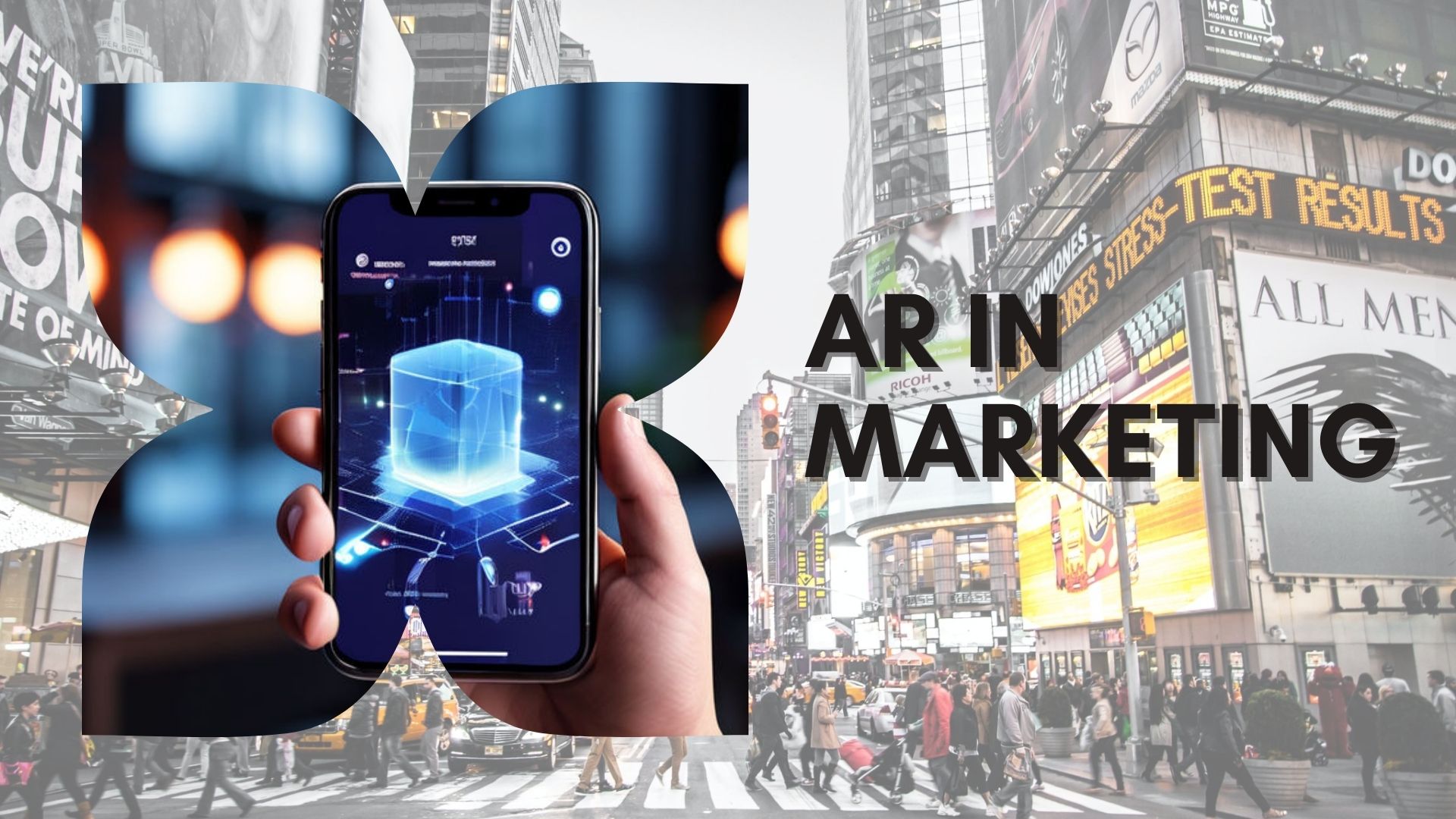
Earlier this week, Apple unveiled the iPhone 12 in its various sizes ranging from the Pro Max to the fun-sized mini. If you were afraid of a dull year without innovation, a pleasant surprise awaits; the 12 packs more than its fair share of new toys and features. While specs like display and resolution differ between the sizes, they have more in common with each other than with their previous iteration.
Since the release of the iPhone 11, what’s changed with the 12, and what can we look forward to in the days to come with pre-orders officially starting today (October 16th)?
OLED IS IN
For a household name like Apple, having a crystal clear display is a no-brainer. In contrast to last year, the iPhone 12s have jumped from LCD to OLED displays across the board. To skip past the jargon, know that OLEDs offer superior contrast, more vibrant colors, and better picture quality overall. It’s safe to assume that most users log more screen time than voice minutes, so this upgrade will be the most noticeable straight out of the gate.
BUILT TOUGH
Is there anyone who hasn’t dropped their phone at this point? If so, there’s a seat waiting for you in the hall of fame. While the name “Ceramic Shield” may have users picturing 17th century pottery, Apple’s new screen cover manages to combine both durability and transparency. Touted as drop-proof and scratch-resistant, could the Ceramic Shield spell the end for screen protector sales? That being said, deliberately testing the integrity of your screen is probably still a bad idea.
LiDAR LIGHTS THE WAY
Now for the piece that had us at Gravity Jack hooked: the LiDAR sensor. Although exclusive to the iPhone 12 Pro, LiDAR is a game changer for both photographers and augmented reality enthusiasts (✋ guilty as charged). We recently discussed the implications of LiDAR and its ability to deliver in both bright and low light settings. By firing lasers like a sonar detector, LiDAR creates strikingly accurate depth maps of its surroundings leading to greater detail.
This opens up the ability to take Night Mode portraits, while also upping the standards for augmented reality content. A LiDAR sensor is leagues ahead of a standard camera lens in terms of detection, and we at Gravity Jack are elated that such power can be found in the palms of users everywhere.
BATTERY LIFE
Although people aren’t leaving home nearly as much as they have during prior years, battery life remains a focal point for those looking to upgrade and is often equated with a smartphone’s overall longevity. Both base iPhone 12 and Pro Max manage to match their 11th gen versions, rated at 17 and 20 hours of video playback respectively. Meanwhile, the iPhone 12 mini offers 15 hours, which isn’t half bad considering the modest size it’s working with. The coming weeks will give more insight into practical battery life, and this spec could very well be the make-or-break factor for new users.
WHAT’S NEXT?
5G
Introduced as the successor to the current 4G LTE network, 5G promises blisteringly fast download speeds with the equivalent of downloading a full-length HD movie in a mere 25 seconds. The iPhone 12 is the first 5G-friendly iPhone to date, and Apple joins the charge in adopting the newest generation of cell networks. Although 5G infrastructure is still very much in its infancy, having compatible hardware available to consumers is one of the first steps before we can see widespread adoption.
The iPhone 12 has introduced a handful of “firsts” that have Apple users and mobile developers alike in a frenzy. Is this the model that finally prompts an upgrade from older iPhones? Are Galaxy users gazing over in jealousy or holding fast? Only time will tell, as preorders officially open today and the world looks on with baited breath for the actual release date of October 23 (sorry mini fans, you’ll have to wait until November 13).








